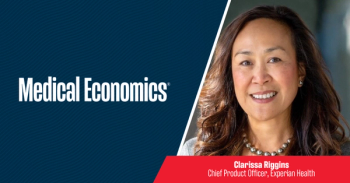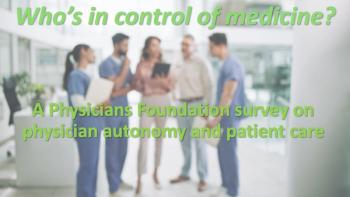
Most past-due medical debt owed to hospitals
Report shows that of those with medical debt, 73% owe some or all to hospitals
A report from the
Among adults who report owing past-due medical debt, 27.9% said they owe all of it to hospitals, while 45.1% own their debt to hospitals and other providers. As for the size of the debt, most adults with past-due medical debt owed at least $1,000, and more than one in five owed at least $5,000. Adults with past-due hospital bills were more likely to have much higher total amounts of medical debt than those with only debt from non-hospital providers, according to the study.
The majority of adults – 60.9% - with past-due hospital bills reported they have been contacted by a
“These findings highlight the persistent challenge of
“High rates of medical debt underscore the challenges millions of families and adults—especially families and adults struggling to make ends meet—face trying to pay their medical bills,” said Gina R. Hijjawi, senior program officer at the Robert Wood Johnson Foundation, in a statement. “We see that individuals with disabilities, and Black and Latino adults are disproportionately represented among adults carrying past-due medical debt. Consumers need standards in place that protect them from undue medical debt and help them obtain affordable care.”
The study was based on analysis of data from the June 2022 round of the Urban Institute’s Health Reform Monitoring Survey, a nationally representative survey of adults ages 18 to 64.
According to the researchers, medical debt disproportionately affects underserved populations, such as individuals with incomes below 250% of the federal poverty level. Current federal regulation of hospital payment assistance and debt collection practices stipulate that nonprofit hospitals—which account for nearly 60% of U.S. hospitals—must provide charity care and other community benefits to maintain tax-exempt status. However, these hospitals determine their own charity care eligibility criteria, and financial assistance policies are often difficult to find and understand. Additionally, for-profit hospitals are exempt from these consumer protections.
To read the full report, click
Newsletter
Stay informed and empowered with Medical Economics enewsletter, delivering expert insights, financial strategies, practice management tips and technology trends — tailored for today’s physicians.



















